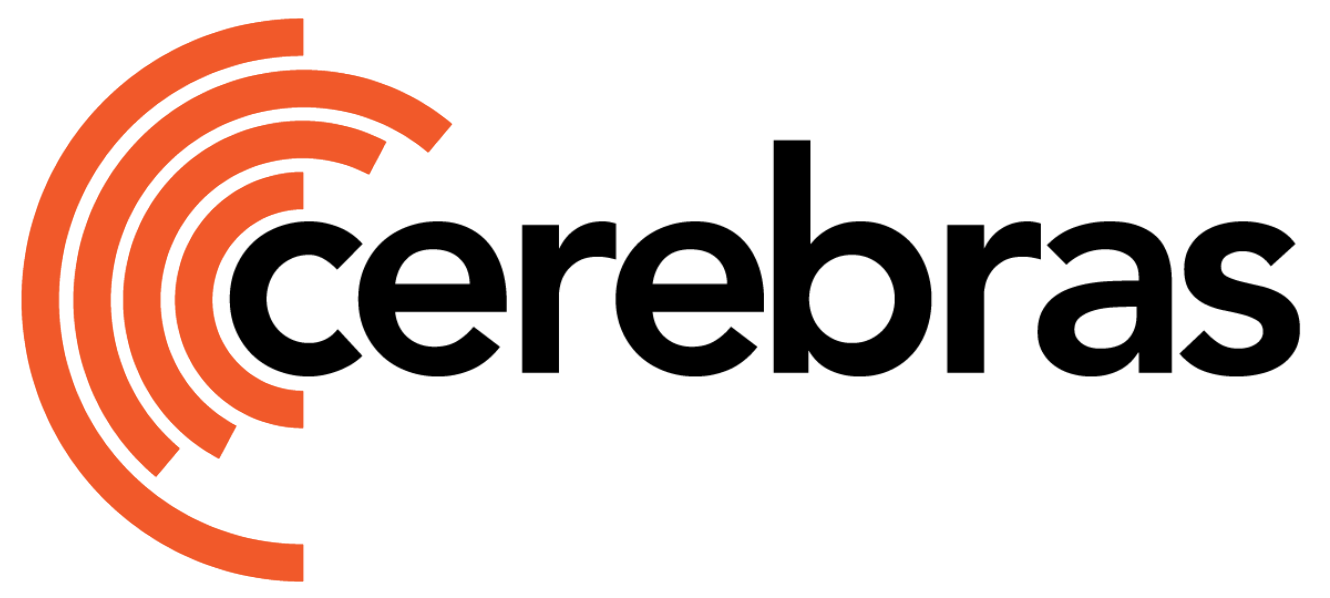Submit Jobs with Priority
Users can specify a job priority at submission using the--job_priority flag. For example:
Update Job Priority
Users can view and adjust a job’s priority post-submission using the csctl tool.- Only admin users and users with the same GID can modify a job’s priority.
- Only admin users can access the P0 bucket (0 to 99).
- Completed jobs cannot have their priorities updated.

